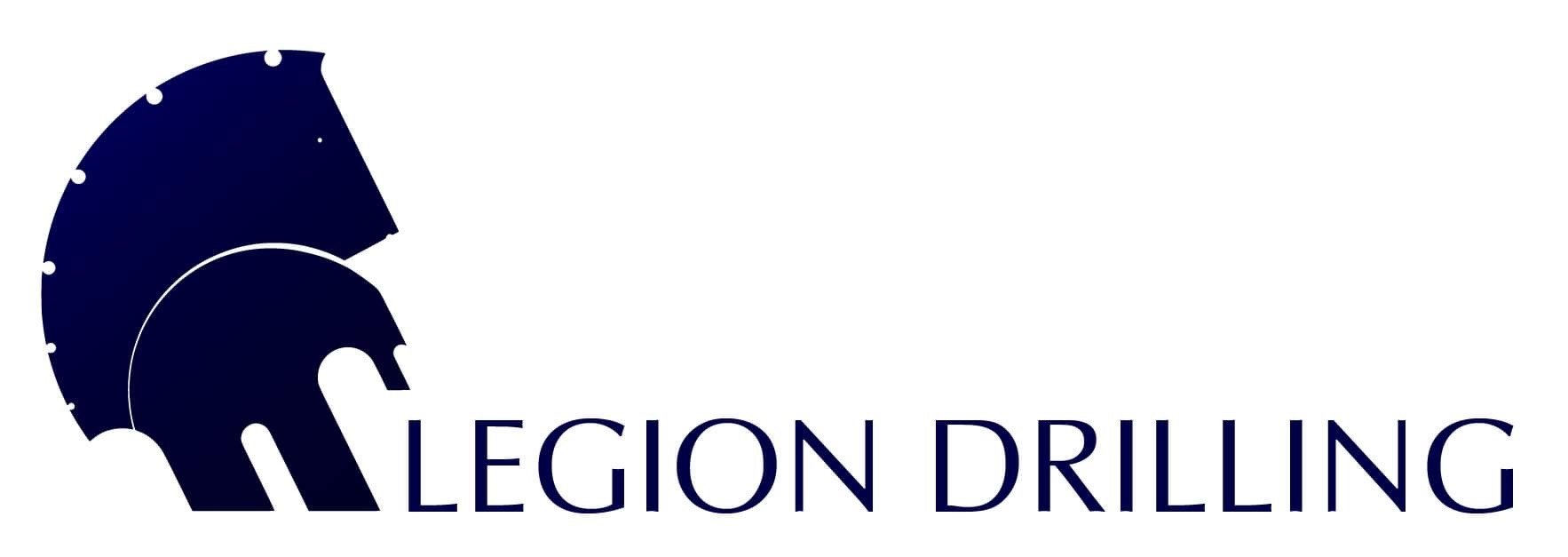Cone Penetration Testing (CPT) for Geotechnical Investigations - Webinar with Geomil
Technical webinar on the most popular in-situ testing method: cone penetration testing (CPT)
Legion Drilling first technical webinar on geotechnical applications was dedicated to cone penetration testing (CPT) for geotechnical and tailings investigations, featuring Ernst Wassenar from Geomil as the presenter. CPT is an in-situ test widely used in geotechnical site investigations due to its efficiency, repeatability, and ability to profile geotechnical parameters quasi-continuously. Legion Drilling specialises in providing CPTu tests across Australia from our depots in Sydney, Brisbane and Townsville. We use compact Geoprobe rigs that can also be used to collect soil samples or install various geotechnical instruments such as vibrating wire piezometers (VWPs). Geoprobe rigs are versatile, capable of pre-drilling using methods like auger (solid stem and hollow stem), hammering and rotary air drilling.
Cone Penetration Testing (CPT), Geotechnical Site Investigation, In-Situ Testing, Piezocone (CPTu), Tailings Investigation
What is Cone Penetration Testing?
The CPTu testing method involves pushing a cone into the ground at a standard rate while recording electronic measurements at regular intervals. The CPT probe measures cone resistance at the tip and friction in the sleeve during penetration, as well as pore pressure thanks to a built-in pressure sensor and a filter.
The major benefits of CPT include near-continuous profiling of geotechnical parameters, rapid data collection (20 mm/s), real-time visualisation, compatibility with external modules such as seismic CPTu (SCPTu) for determining compression and shear wave velocity, and adherence to universal quality standards and design codes. It is a cost-effective alternative to standard penetration testing (SPT), considered to provide more accurate and time-efficient results. Legion Drilling owns sensitive CPT cones designed for very soft soils and mine tailings.
During the webinar, Wassenar delved into the history and development of CPT, tracing its origins to 1932 in the Netherlands and highlighting key advancements over the years. CPT has found applications in various projects, including pile design, soil improvement, settlement prediction, embankment profiling, stability issues around mine tailings, seismic surveys, and environmental remediation.
The use of CPT data was categorised into three main areas: soil stratification, soil classification, and obtention of soil design parameters from CPT data through various approaches and, most commonly, empirical formulas.
Practical aspects of CPT deployment were also discussed, ranging from manual devices to advanced rigs like the Geoprobe machines used by Legion Drilling and dedicated CPT rigs. Legion Drilling's emphasis on versatility and cost-effectiveness positions CPT as a crucial tool in our equipment arsenal.
The webinar targeted geotechnical and tailings engineers, providing insights into CPTu systems' capabilities and essential aspects for effective design and interpretation of CPTu data. The information presented underlined the importance of CPT in ensuring the stability and safety of various construction and mining projects.
The Importance of Data Quality in CPT
Ernst Wassenar emphasised the importance of data quality in CPT and highlighted the significance of pushing the cone at a constant speed of 20 millimeters per second, emphasising adherence to standards for tolerance. Market-driven developments in CPT were discussed, noting a diversification in cone types and classes based on specific applications and soil conditions. Wassenar emphasised the need to select the right cone size and load cells capacity based on the investigation's objective and soil conditions.
The discussion delved into cone design, explaining the differences between compression and subtraction cones. Compression cones provide separate measurements for cone resistance and sleeve friction, offering greater accuracy. Subtraction cones, with a single load cell, are more robust but less accurate in measuring friction.
Wassenar introduced the concept of more sensitive cones entering the market, meeting stringent requirements like Class One Plus or Class Zero, providing highly accurate shear strength estimates.
Seismic testing is becoming the norm in various applications, including liquefaction analysis. The presentation introduced the equipment used for seismic testing and its benefits in providing additional parameters.
The webinar touched upon various tools that can complement the application of CPT, including the field vane shear tester, soil samplers, and the flat dilatometer test (DMT).
Wassenar outlined common challenges in CPT operations, including issues with cone condition, cleanliness, dirt seals, and cone saturation. Challenges related to temperature differences, depth measurements, and potential inaccuracies in achieving the desired application class were also discussed.
The summary concluded by highlighting broader challenges in the industry, such as the slow adoption of CPT in some countries, a poor understanding of standards, uncertainty around data quality, and the need for a holistic understanding beyond just focusing on numerical data.
In essence, the Legion Drilling webinar provided valuable insights into the advancements, challenges, and considerations in cone penetration testing for geotechnical and tailings investigations, with a focus on ensuring data reliability and adherence to standards.
Check out other webinars organised by Legion Drilling here.
